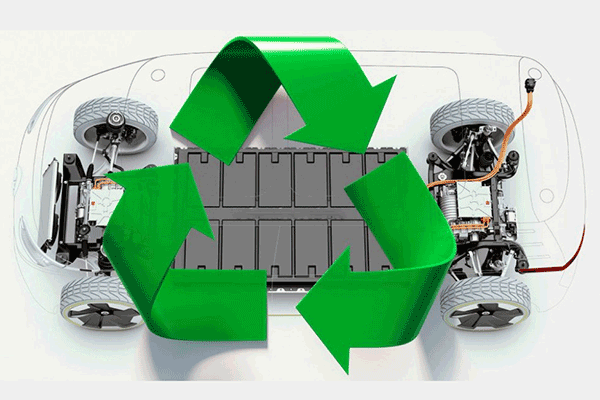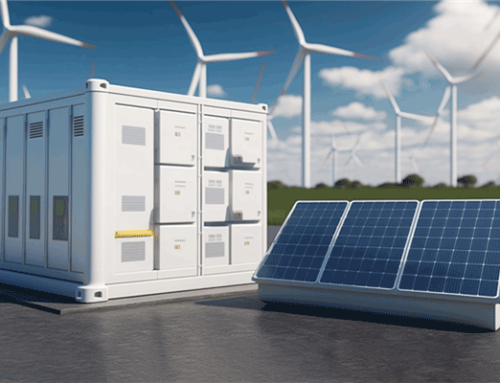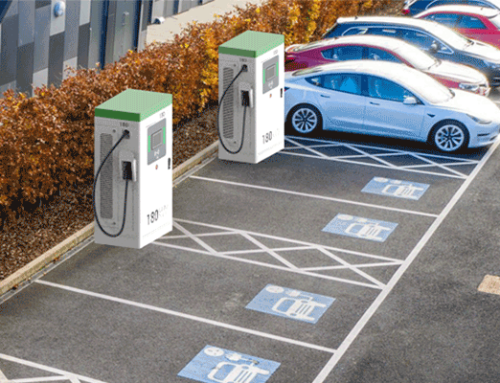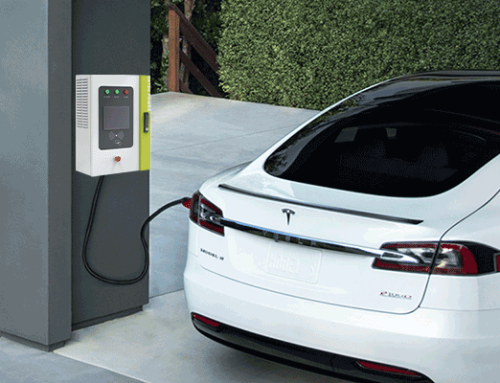The transition to electric vehicles (EVs) represents a significant step towards environmental sustainability. However, this shift introduces a new challenge: the recycling of EV batteries. These batteries, essential to the operation of EVs, eventually reach the end of their life cycle. Addressing their disposal is critical to maintaining the environmental integrity of electric mobility. This article focuses on the crucial process of EV battery recycling, highlighting its importance in the broader context of sustainable transportation and environmental stewardship.

Lifespan of EV Batteries
Electric Vehicle (EV) batteries, primarily lithium-ion, have a lifespan that typically ranges between 8 to 10 years, or 100,000 to 200,000 miles. This duration is influenced by several factors:
- Battery Type: Different battery chemistries have varying lifespans.
- Usage Patterns: High-speed driving and frequent fast charging can shorten battery life.
- Maintenance: Regular checks and proper care extend battery longevity.
- Climate: Extreme temperatures can degrade battery performance.
- Charging Habits: Practices like not consistently charging to full capacity can help prolong battery life.
As EV batteries reach the end of their useful life in vehicles, their disposal becomes a critical environmental concern. Improper disposal poses risks such as soil and water contamination. Hence, it’s crucial to manage these batteries responsibly at their end-of-life stage.
The Recycling Process of EV Batteries
Collection and Sorting
The recycling journey of an EV battery begins with its collection from various sources such as end-of-life vehicles, recycling centers, and take-back programs. At recycling facilities, batteries undergo thorough sorting based on their type, chemistry, and size, as different batteries require unique recycling methods.
Disassembly and Material Recovery
After sorting, batteries are disassembled into individual components. This step often combines mechanical and chemical methods to ensure safety. Following disassembly, components like cathodes, anodes, and electrolytes are separated for material extraction. Valuable materials such as cobalt, nickel, lithium, and copper are then extracted and refined, removing impurities to meet quality standards for reuse.
Refining and Manufacturing
The final stage involves refining these materials to further purify them. The recycled and purified materials are then used in manufacturing new batteries or other products, thus closing the recycling loop. This process not only conserves natural resources but also minimizes the environmental impact of battery production and disposal. Advanced recycling methods can recover up to 95% of these raw materials, significantly contributing to resource conservation and sustainability in the EV industry.
The Environmental Significance of Recycling EV Batteries
Recycling EV batteries has profound environmental implications. Spent lithium-ion batteries contain hazardous materials like lead, cadmium, and mercury, which, if not properly disposed of, can leach into soil and water, causing significant ecological harm. Recycling helps prevent this by ensuring these materials are safely and responsibly managed.
Recycling reduces the need for new material extraction. The process of mining and refining raw materials for battery production is resource-intensive and environmentally taxing. By recovering metals like lithium, cobalt, and nickel from spent batteries, we reduce the environmental impact and conserve these valuable resources.
Recycling can help lower the cost of battery production. Using recycled materials is often more cost-effective than extracting and processing new raw materials. This cost reduction can be passed on to consumers, making EVs more affordable and accessible.
Challenges in EV Battery Recycling
Complexity of Batteries
One major challenge is the complexity of EV batteries. They consist of various components, each requiring a specific recycling process, making it difficult to standardize these processes. This complexity necessitates specialized equipment and knowledge.
Variability
EV batteries vary significantly in size, shape, and chemistry, adding another layer of complexity to the recycling process. Creating a one-size-fits-all recycling approach is challenging due to these variations.
Economic Viability
The economic aspect presents another hurdle. Recycling processes can be costly, and the value of recovered materials might not always cover these costs. This economic factor can impact the profitability of recycling operations and the willingness of manufacturers to implement recycling programs.
Infrastructure and Volume
As the adoption of EVs increases, so does the volume of batteries requiring recycling. The current recycling infrastructure may not be adequate to handle this growing volume, posing challenges in terms of logistics, storage, and processing capacity. Building a robust recycling infrastructure is crucial to keep pace with the rising demand and ensure efficient, effective recycling processes.
Alternatives to Recycling: Reusing EV Batteries
Energy Storage
One significant post-use application for EV batteries is in energy storage systems. These retired batteries can effectively store energy from renewable sources like solar or wind, providing a stable power supply when needed.
Second-Life in Transportation
Some batteries, though not suitable for long-range EVs anymore, can still serve in less demanding roles. They find new life in electric buses, delivery vehicles, or other local transport solutions where the range is less of a concern.
Refurbishment
Specialized companies are also emerging that refurbish old batteries. They replace worn-out parts, giving these batteries a new lease on life for various applications.
Back to Recycling
Finally, if reuse isn’t feasible, recycling is the next step. Recycling doesn’t just dispose of the batteries; it brings valuable materials like lithium and cobalt back into the manufacturing cycle, helping reduce the need for new mining.
These alternative uses ensure that EV batteries contribute to sustainability beyond their initial automotive life, either by supporting renewable energy integration, aiding in urban transport, or returning to the production cycle through recycling.
EV battery storage
Optimal Charging
To maintain battery health during storage, it’s recommended to charge the EV battery to about 80% of its capacity. This level helps avoid issues related to overcharging or undercharging.
Storage Environment
A cool, dry place is ideal for storing EV batteries. Extreme temperatures and moisture can degrade battery performance and lifespan. The recommended temperature range is between 32°F and 77°F (0°C and 25°C).
Regular Maintenance
For batteries not in use, it’s crucial to check and charge them every three to six months to prevent complete discharge. Using a battery maintainer or trickle charger can help keep the battery at the optimal charge level.
Long-Term Storage Considerations
If the battery is being stored for an extended period, disconnecting it from the vehicle can prevent power drains.
Manufacturer Guidelines
Always adhere to the manufacturer’s specific storage guidelines for your EV battery. Different batteries might have unique requirements based on their design and chemistry.
Conclusion
The recycling of electric vehicle (EV) batteries is a crucial aspect of the sustainable evolution of the transportation sector. It addresses the environmental concerns associated with battery disposal and supports the conservation of valuable resources. As the adoption of EVs continues to rise, developing efficient and cost-effective recycling processes becomes increasingly important.
Moreover, exploring alternative uses for retired EV batteries in energy storage and transportation further enhances their environmental value. Ultimately, effective battery recycling and reuse practices are key to ensuring that the transition to electric mobility contributes positively to our environmental goals, fostering a more sustainable and circular economy.














